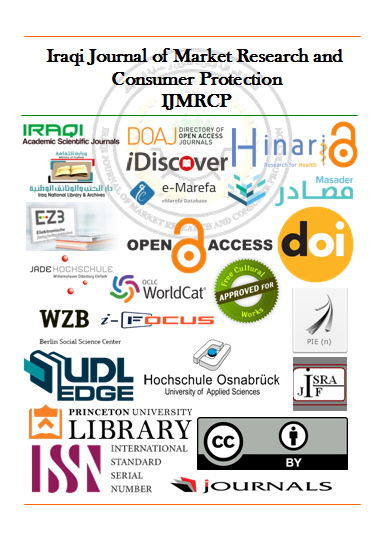THE ATTRACTIONS ELEMENTS OF TELEVISION ADVERTISING AND THEIR RELATIONSHIP TO CONSUMER PREFERENCE
THE ATTRACTIONS ELEMENTS OF TELEVISION ADVERTISING AND THEIR RELATIONSHIP TO CONSUMER PREFERENCE
الكلمات المفتاحية:
Keywords: Television, Advertising, Consumer, Attraction, Elements.الملخص
The research aims to study the elements of attraction in television advertising and determine their relationship to consumer preferences, the extent to which the sample (250) watches television advertisements, and the motives for viewing. Males and females, and the statistical program spss was used to analyze the results using percentages, arithmetic mean, correlation coefficients ch2, Pearson’s coefficient and Alpha Cronbach for the stability of the test, and the research came to the conclusion that the percentage of watching television advertisements is good motivated by the identification of new goods and services in the market, as advertisements sometimes achieve consumer preferences, and the most prominent The forms that appeal to the sample are the lyrical form in the presence of favorite stars and celebrities as they are the most attractive methods in advertisements, and we found that the relationship is not significant between the motives for viewing advertisements and achieving consumer preferences. between the methods of attraction in advertising and the extent to which the advertisement achieves the preferences of the to a consumer.






